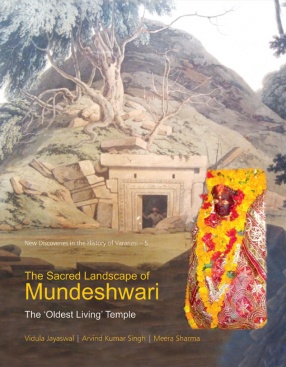
Vidula Jayaswal

Showing all 12 books

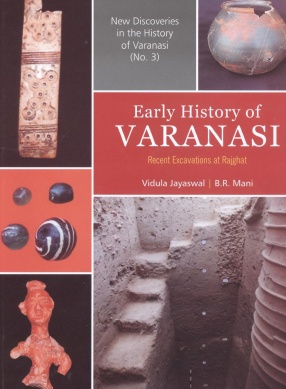
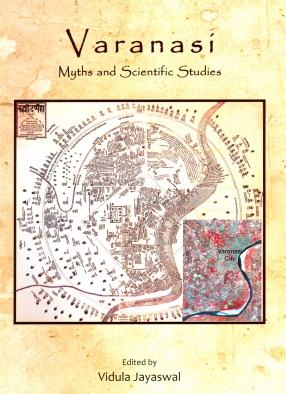



Reputed to be one of the oldest living temples of the world, Mundeshwari is also the oldest temple of Nagar/North Indian style in the outskirts of Varanasi. Its significance increases further when one finds its composition to be governed by two diverse religious traditions—the 'Elite' and the 'Adivasi'. The shrine is an example of acculturation, and is a happy blending of the Brahmanical and Adivasi religious ideologies and practices. An ancient cultural ...
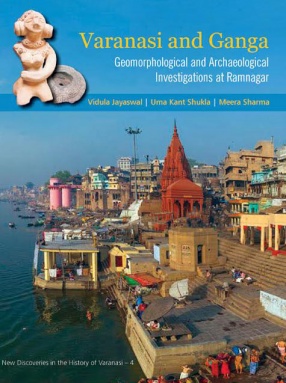
The book embodies results of the first multi-disciplinary study carried out on the banks of the river Ganga. The scientific information collected by geological and archaeological investigations by experts brings to light many unknown facets of the centre of Indian culture – Varanasi, and its lifeline – the river Ganga. Needless to say that Ganga and Varanasi are inseparable physically as well as culturally. The results of this study at Ramnagar also ...

The Ganga plain has been the cradle of Indian civilization right from the ancient times. This is well attested by the archaeological findings of a number of city and village sites of the Early Historical times. The region also witnessed formation of early states and urban centres. According to ancient texts, Kashi was an important janpada,with Varanasi as its capital. On account of antiquity and continuity,it is also claimed to be one of the oldest living cities ...
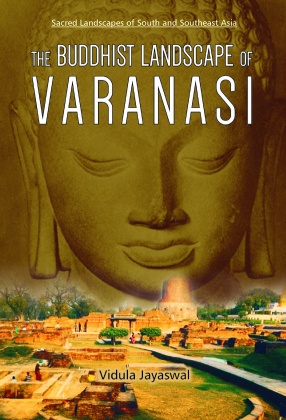
Lord Buddha came to Sarnath, where he delivered his first Sermon, and paved a stable foundation for Buddhism. Scriptures obviously became the most holy place and a famous Buddhist Pilgrimage. As a result, a large Buddhist landscape came up with Mrigadaya (Sarnath) at the centre. The western side of it was occupied by the learned and wise occupied by the learned and wise immigrants, the residents of Rishipattana.
There are a number of unanswered questions related ...

Varanasi enjoy reputation of being one of the oldest living cities of the world. Recent archaeological findings, for instance, take the antiquity of this city contemporary to the Later Vedic period (about 1800 BCE) . The cultural history of this city is women with multi-layered composition of myths and folklores. Each important locality of the city has some mythology in its background, which seems to convey significant happening of the past. Myths have deep roots ...

Advent of Kushans in the Indian subcontinent is a significant historical event. It is suggestive of such processes and factors which shaped early historic cultural milieu of India in particular and Asia in general. The Kushan kings played an important part in the ancient history of India and Central Asia, worthy contemporaries of the three great world powers of the early centuries of the first millennium AD, the Roman Empire, the Han Empire of China and the ...
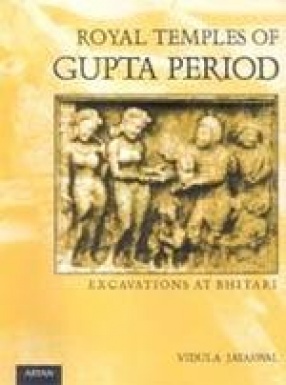
Gupta period, the golden age of Indian history, is named so, since almost all the basic norms of Indian Culture were formulated during this period. The essence of Indian culture is religion with elaborate ritual practices, the nucleus of which is the abode or shrine of the divinities. The tradition to build temples was not only initiated, but after undergoing a number of stages of development, a logical format embracing architectural and ritualistic requirements ...


Clay, one of the most popular media of art and craft activities, has been utilized extensively time and again during the last three thousand years in the Indian sub-continent. Figure making, particularly human forms in this medium appear to cater to a number of socio-religious needs of past societies. The themes the quality of modeling, quantities and skills—together mirror some of the important connotations inherent in the contemporary cultural setup. Thus, ...

The present monograph includes a detailed account of the archaeological excavations carried out by the authors at the stone age settlement of Paisra, district Munger, Bihar, between 1980 and 1988. Paisra is a unique stone age settlement of the Indian sub-continent in more than one respect. First, the site has preserved unmistakable evidence for habitational floors of the acheulians, covering an area of several hundred square metres. Second, associated with the ...
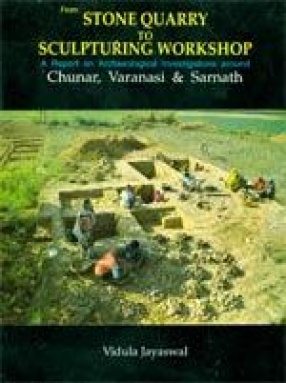
The recognition of ancient stone quarries at Chunar hills with datable epigraphs was a startling discovery made by the author of this book, in the year 1990. The followup archaeological field investigations-around Chunar and Varanasi, which were carried out between the years 1990 and 1994, have uncovered the entire process of stone carving which was prevalent during the historical period in the Ganga plains. Besides archaeological investigations, ethnological ...
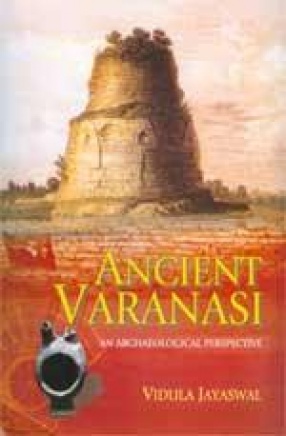
Varanasi is not only one of the oldest living cities of the world, but is also a model reflecting a comprehensive picture of our rich cultural heritage. The undisrupted occupation of Kashi region since ancient times till this date, played a vital role in the make up of modern Varanasi. The unique qualities of this settlements raise a number of questions, like, how old is Varanasi? What are the factors which helped this city to continue till today, particularly ...
